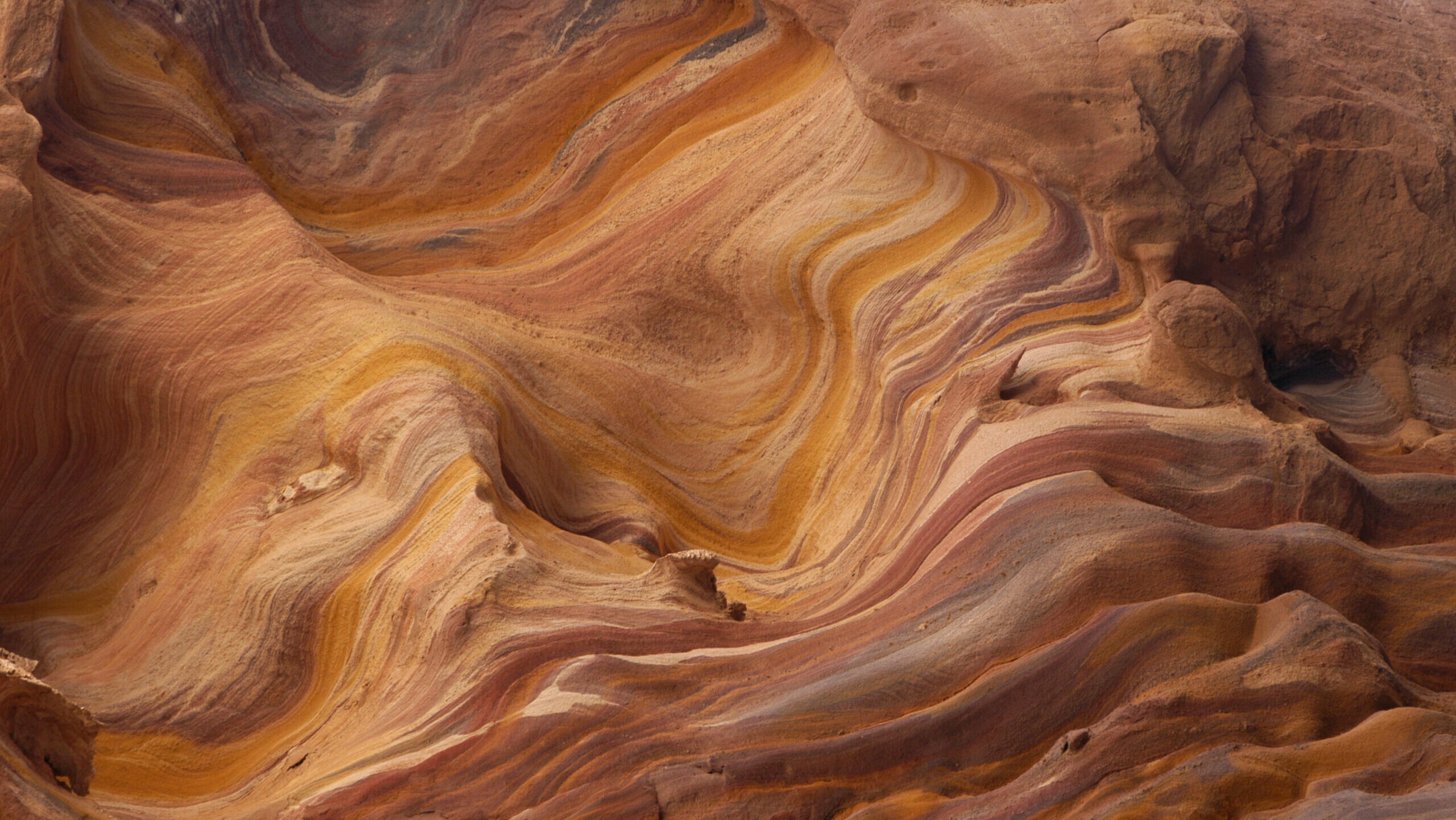Fabien Cubizolle is a geophysicist and Head of geophysics at Look Up Geoscience.

Why are geophysical methods necessary for the exploitation of renewable energies?
Geophysics makes it possible to determine the properties of the subsurface, both in depth and laterally, and to image it. The aim is to be able to identify rocks with specific properties or particular structures that are suitable for exploitation.
What is the point of aggregating subsurface data from different geophysical methods?
The more data we have, the more information we have about the subsoil. A joint interpretation of data from different geophysical methods (read article) makes it possible to constrain and compare the results in order to reduce uncertainties, and thus obtain a robust geological model that comes as close as possible to reality.
You have interviewed people in the field to find out how they aggregate this data. What do they tell you?
Most of them report a lack of solutions that are really suited to their needs. Their data is scattered and heterogeneous. To be able to display, process and interpret all the geophysical methods, they have to use a multitude of software programs, which are sometimes cumbersome and expensive, or else they have to retrieve open source codes, which sometimes have no interface and are often difficult to access.
How will the software you are developing at Look Up Geoscience help them?
We are trying to develop a simple, very easy-to-use software program that can aggregate, read and display data from different geophysical methods. Our aim is to offer a solution that really simplifies the lives of geologists, geophysicists and all those working in the energy transition, whether they are entrepreneurs or academics.
We hope that this software will also enable them to quickly produce 2D and 3D images, graphic analyses, statistics, etc., which can be presented to mayors, MPs and any citizen wishing to understand how geological exploration works and what is at stake.
Interview by Véronique Molénat.
Nota bene – Main image caption: Projection of magnetotellurically measured resistivities (in Ω.m) over the FORGE Utah geothermal domain (yellow box).



One response to ““Our objective: to offer a solution that really facilitates the work of geologists””
[…] “These methods are essential to provide geologists and geophysicists with the information they need to understand the subsurface. Ultimately, it’s about defining precisely where to drill,” explains Fabien Cubizolle, geophysical engineer and head of geophysic at LookUp (read interview). […]